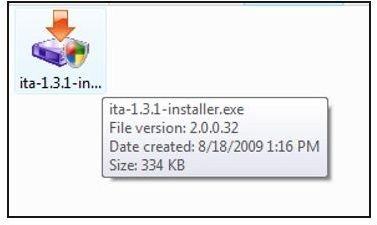How to Sync Your Non-iPod MP3 Player with iTunes in Windows
Are you using iTunes in Windows, but don’t have an iPod? If you have a phone, MP3 device, or most any other handheld that connects via USB to your PC and that appears as external writable media (a drive, in other words) in Windows, then the free iTunes add-on iTunes Agent can automate syncing your (unprotected) iTunes playlists with your handheld. It makes any compatible device appear in iTunes under “My Devices.”
“Unprotected” in this case means MP3 files. Only iPods, iPhones, and iTunes know how to handle Apple’s “Protected AAC” audio files, but most any current handheld device is going to have an MP3 player. Apple, in fact, has recently given up on protected file formats, but if you have older purchased music that you want to play on your phone or MP3 player, you’re going to need to convert that protected music to unprotected MP3 format.
I used TuneBite (reviewed here) to convert my purchased, protected AAC tracks to good-quality MP3 tracks.
Download and Install iTunes Agent
iTunes Agent is a 334 kb download. Since it’s a plug-in, it is not very large.
Installation is very straight-forward. First it shows the installation notes, then the license agreement, then the installation folder location. The actual installation took under a minute.
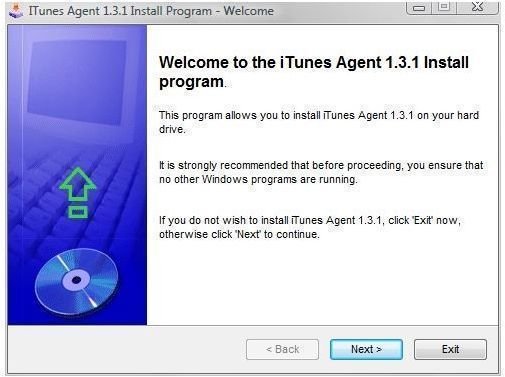
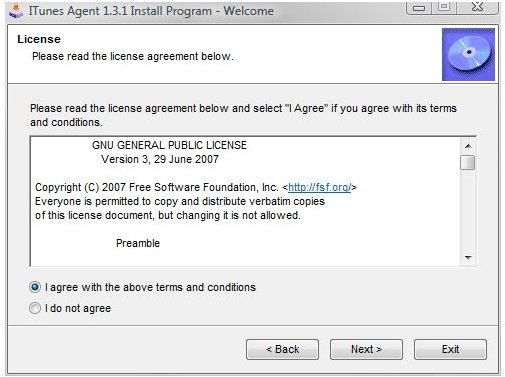
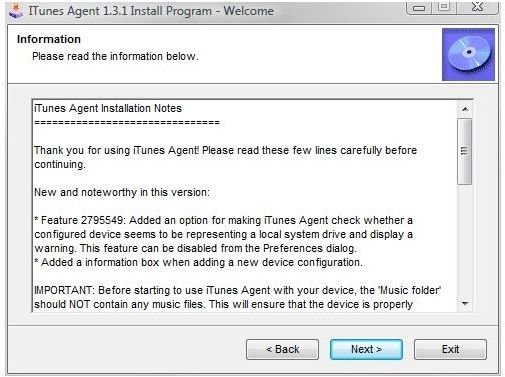
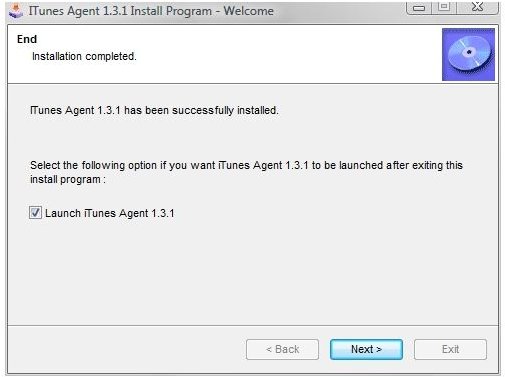
Setting Up iTunes Agent
iTunes Agent runs in the notifications area (ie, system tray) in Windows. An important first step is to tell it about the devices that you want to use with it. Again, these must be devices that appear as removable storage when plugged into a USB port.
I used a Palm LifeDrive for testing. This is an older handheld device that has a 4-GB microdrive for storage. When “Drive Mode” is selected, it shows up as removable storage in Windows Explorer under “Computer.”
Upon first start, iTunes Agent puts up a “Configure Me” panel in which it said that it needed to “configure myself for this new version.” This was worth a chuckle. It’s nice to see that the programmers don’t take themselves too seriously.

After it finishes configuring itself, click on the iTunes Agent icon and select “Preferences.” It will immediately warn you that any music in the “Music” folder on the device will be deleted when the device is synchronized with the iTunes playlist. This, then, would be a good time to back up your existing MP3 music, which can be as easy as copy/pasting the Music folder to your desktop for safe keeping.
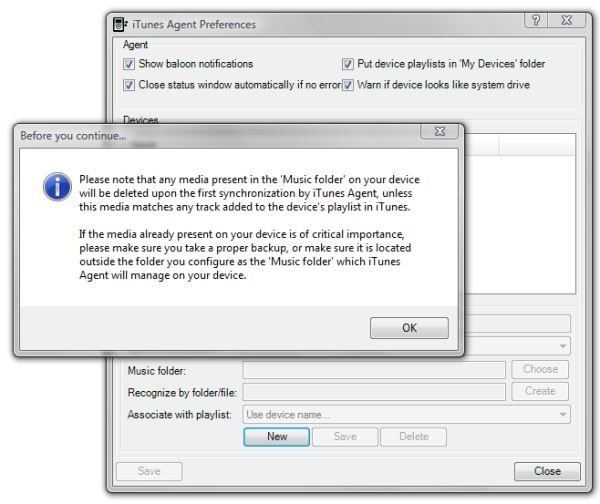
So I emptied the Music folder.
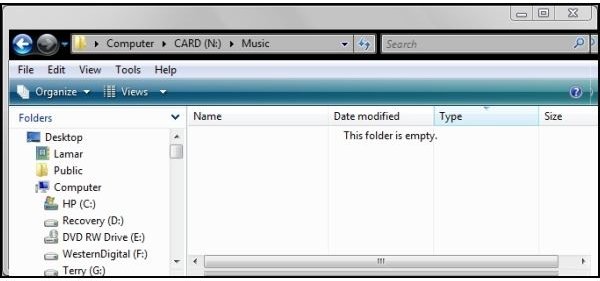
Then I clicked the icon and selected “Preferences.” This dialog then opened.
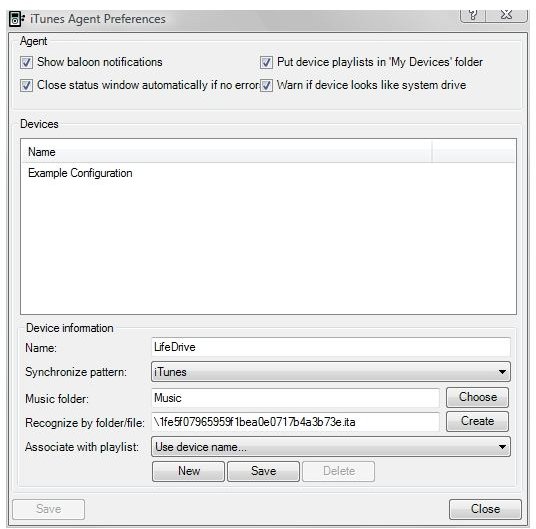
To add a device to be monitored, click the “New” button. The dialog then shows the following entry fields:
Name: This is the name of the device as you wish it to appear in iTunes.
Synchronization pattern: The three choices are iTunes, Artist Folder, and Flat. I left it on iTunes, but if you like the shortest presentation of your track titles, choose Flat.
Music folder: This is the folder the tracks are to be put in on the handheld device. On my Palm, the actual path to the folder was N:/Music. iTunes Agent looks first for an identifier and then the path to the music folder when it starts to sync. The easiest way to set this folder is to hook up the device so that it appears in Windows Explorer and then click “Choose” in iTunes Agent and actually navigate to the folder you want to use. Again, “Music” is the default. If you leave this blank, iTunes Agent will dump your tracks on the root directory of the device.
Recognize by folder/file: This is the identifier that iTunes Agent looks for. Depending on the device, it will be either a file or a folder. To set this up, click “Create” and navigate to the root directory of the device.
Associate with playlist: Leave this at the default of “Use device name” if you want your handheld to appear to appear in iTunes under “My Devices.” You can also click the droplist and select any other playlist folder in iTunes.
When done, click “Save” to create your device’s folder under Playlists.
Next: Using iTunes Agent, Setting Up and Trying a Sync, Wrapping Up, and Related Reading
Using iTunes Agent
Here’s what iTunes looks like with the Palm LifeDrive folder added under “Playlists.”
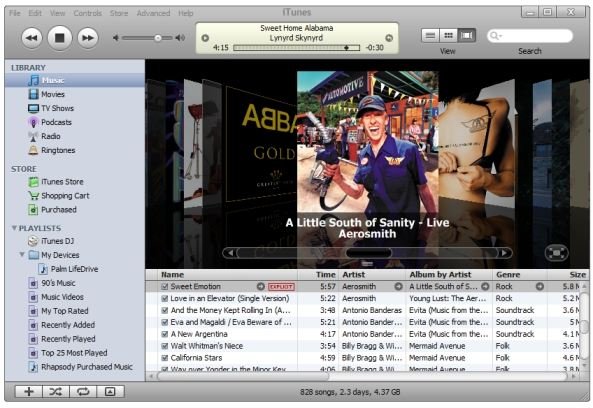
There are a couple of ways to populate playlists in iTunes. I held down Shift and selected groups of tracks and then dropped them on the Palm device folder. Here it’s showing with 91 tracks in the folder.
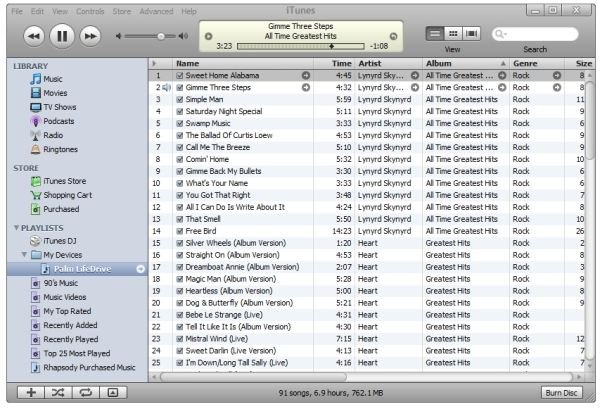
To sync the folder, hook up the mobile device and verify in “Computer” or “My Computer” that it obtained a drive letter. Then right-click the iTunes Agent icon in the notifications area and select “Synchronize devices…”
It took about ten minutes to transfer the 91 tracks to the Palm. Here’s what it looked like while the sync was in-progress.
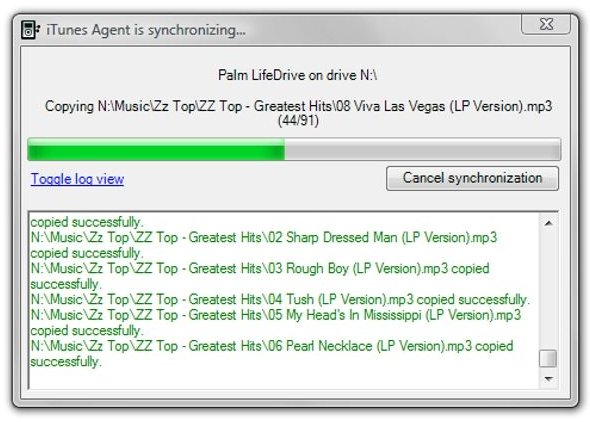
And here’s an Explorer window showing that the music was transferred to the Music folder on the device.
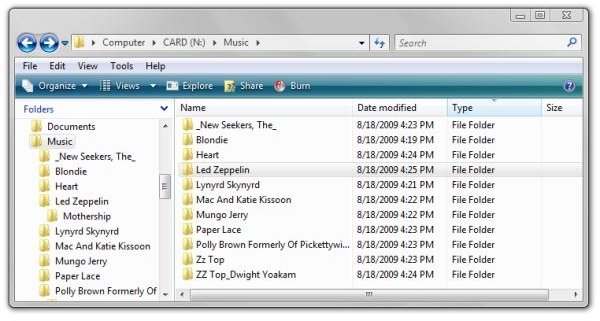
And finally, here’s what the folders and tracks look like playing in Pocket Tunes on the Palm.
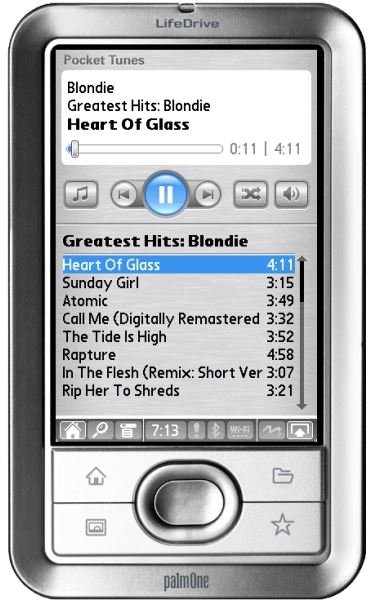
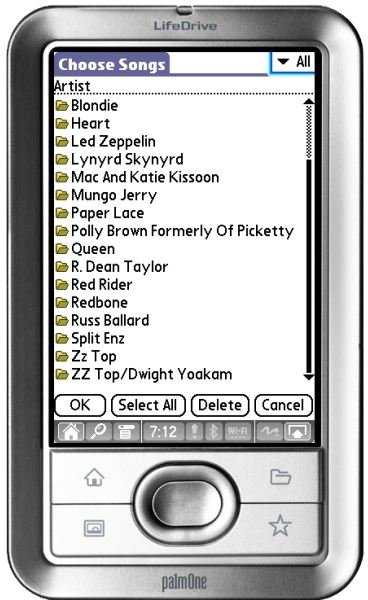
Conclusion
So there you have it. iTunes Agent works great with unprotected MP3 music synced from iTunes. It sort of is a pain that I have so much of the old, protected music (and that Apple wants a ludicrous $53.60 to convert them to unprotected), but I have a lot of (superior quality) MP3s already in my collection that were purchased from places like Amazon and Rhapsody.
Still, iTunes is a very convenient way to manage all of my music. I’m of the generation that does not need musical accompaniment to get through the day and can’t quite envision myself wearing white iPod “earbuds.” However, there are a lot of MP3-capable devices out there that are not able to natively sync with iTunes. iTunes Agent changes all of that. If a device can be “mounted” as a removable drive in Windows and gets a drive letter assignment, it can sync with an iTunes playlist.
Related Reading
Bright Hub Review of TuneBite Platinum 6.0 - Have protected content in the form of iTunes tracks or videos or copy protected Windows Media content that you want to play back on your various devices? Without altering the original files or removing DRM, Tunebite 6.0 allows you to convert your purchased content to play on your other devices.
SlotMusic - An Entire Album on Your Fingertip - First there were records. Then came 8-track tapes and cassettes. Compact discs arrived in 1982 and are with us yet. Memory manufacturer SanDisk wants to make the next music media standard even smaller - on an SD card, of course. Will this create a new marketing niche or be a monumental miss?
How to Deauthorize ALL Computers in iTunes - If you go through computers the way I do, you’ve probably encountered the problem of running out of authorizations in iTunes. It’s no longer the hassle it once was. Now it is possible to de-authorize ALL the computers at once, instead of doing them one at a time.
